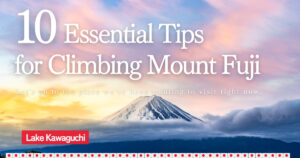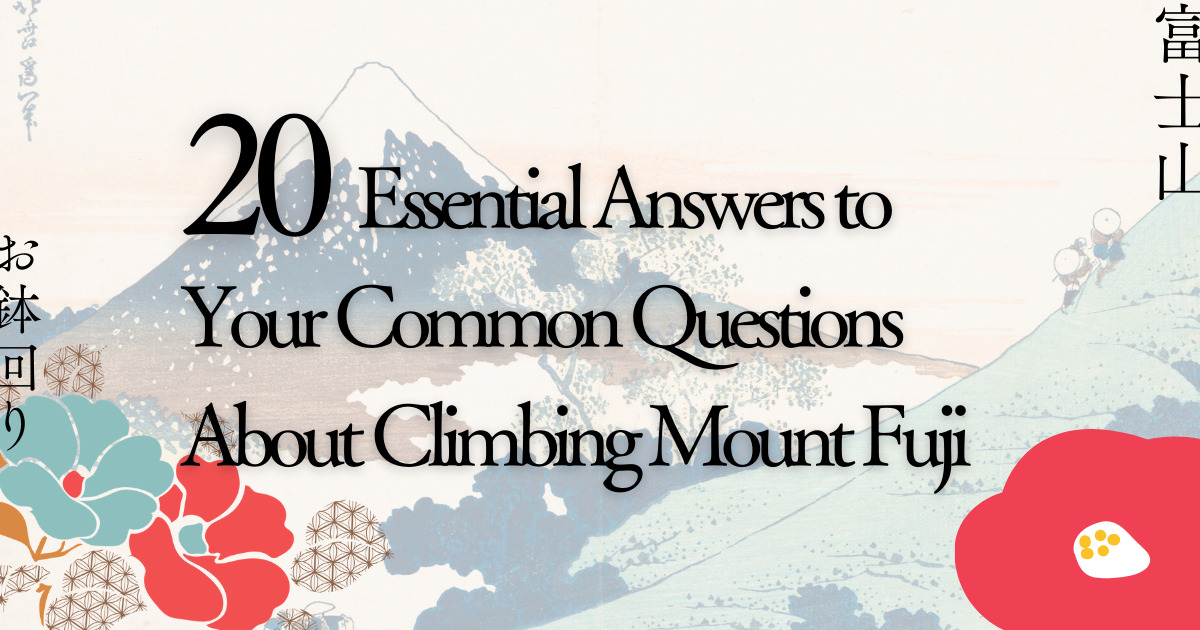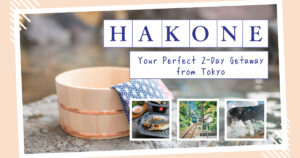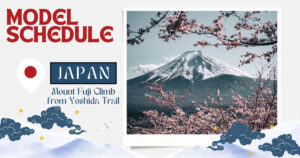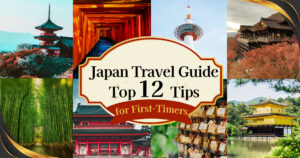Conquering Mount Fuji: Navigating Your Questions and Preparations for the Climb
Preparing for an adventure like climbing Mount Fuji is undoubtedly exciting, but it’s natural to have a mix of nerves and unanswered questions swirling in your head. Whether it’s your first time scaling this iconic peak or you’re a seasoned climber seeking updated information, you’re likely wondering about the practical aspects of the journey. From what it’s like to stay in a mountain hut to the details of meals and amenities, it’s common to seek clarity and reassurance as you gear up for the ascent. In this blog, we’ll address some of the most common queries and concerns to help you feel more prepared and confident as you embark on this unforgettable experience.
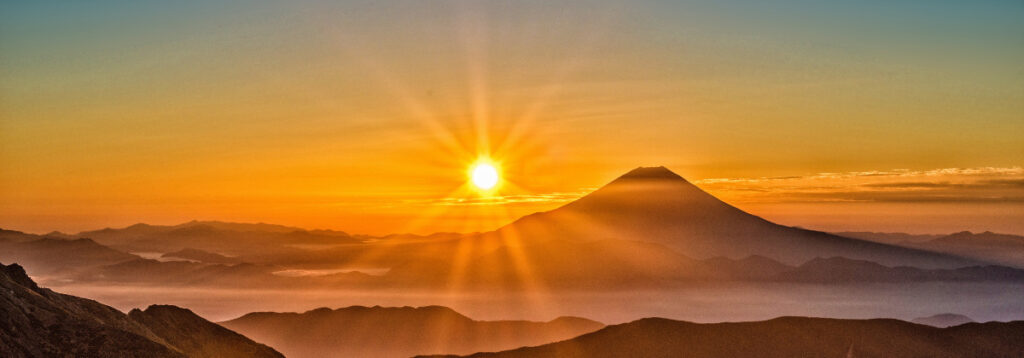
What’s the Appeal of Climbing Mount Fuji?
It’s difficult to express in a single word, and it varies from person to person, but just being the highest mountain in Japan is appealing enough, I think. Once you climb it, you’ll understand its allure. I encourage you to reach the summit and share your excitement with others. In fact, many who climb it once become repeat climbers, returning to Mount Fuji every year.
Are There Concerns About Altitude Sickness?
Altitude sickness is a condition caused by thin air at high altitudes. It’s influenced by individual physical condition and health, with early symptoms including headache, nausea, dizziness, loss of appetite, and swelling of the limbs. If symptoms occur, it’s crucial not to push yourself. Resting may help, but if symptoms persist, you should descend, as only going to a place with higher oxygen concentration can fundamentally cure it. Prevention includes staying hydrated, moving slowly, and getting enough sleep. Thirst, rapid movement, sleep deprivation, and hangovers are enemies of mountain climbing. Oxygen cans and supplements might provide temporary relief but are not permanent solutions.
Should You Start Climbing from the First Station?
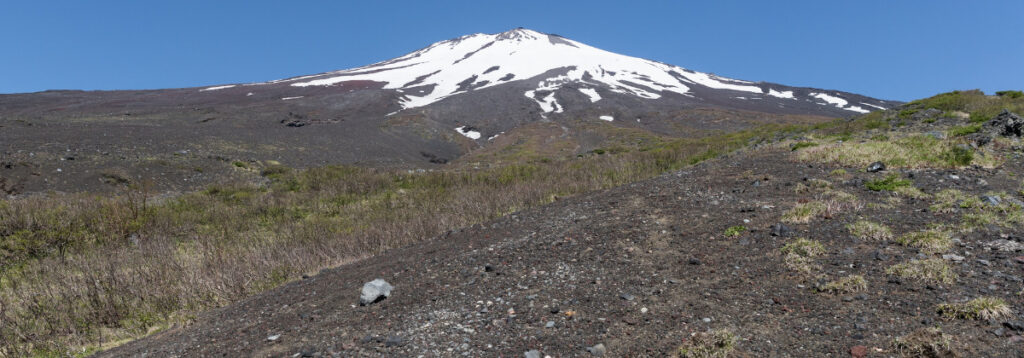
Some people confident in their abilities prefer to start from the base rather than the Fifth Station. However, the starting point is technically the “Zero Station,” not the First Station. For those who wish to start from the base, the Yoshida Trail is recommended. You can start from the Kanadorii gate in Fujiyoshida City or the Kitaguchi Hongu Sengen Shrine. You can drive to the area near the First Station, known as Uma Gaeshi, where parking is available.
Is It Safe to Climb Mount Fuji with Children?
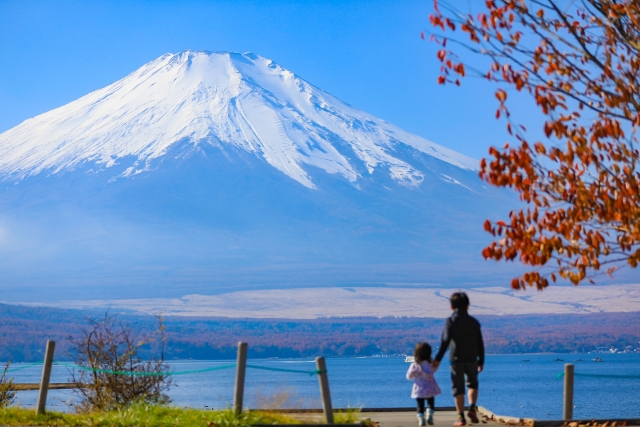
Using the Yoshida or Subashiri trails and staying in mountain huts along the way seems to have a high success rate. The Fujinomiya route can be challenging for children due to its steepness. It’s difficult for children to stay awake at night, so planning to watch the sunrise from the summit may be challenging. Prioritize the child’s condition. Adults also tend to push themselves to reach the summit on their first climb. It’s advisable for guides to have prior experience climbing Mount Fuji.
What Are the Challenges of Climbing with a Toddler?
Every year, there are inquiries about climbing with a toddler carried by the father. This is, of course, extremely dangerous. The risk is not just in rocky areas; many falls occur on gravel slopes. Falling backward with a toddler on your back and hitting their head is a frightening thought. Additionally, it can take several hours to reach a hospital if a child’s condition worsens on the mountain.
What Are the Guidelines for Group Climbing?
The larger the group, the higher the chance of someone suffering from altitude sickness. Decide in advance what to do in such situations. It’s crucial not to rush slower climbers.
What Advice Is There for Day Climbing?
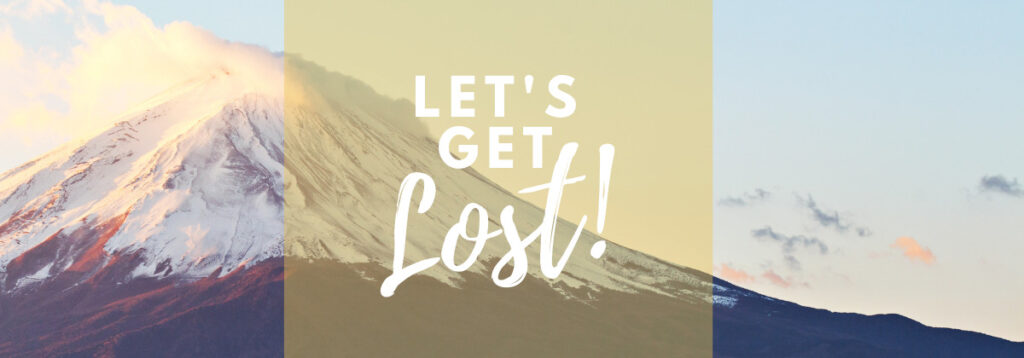
Many people underestimate the time needed for climbing, resulting in descending in the dark. Don’t forget a small flashlight – even a cheap, small LED light for each person can be reassuring.
Should You Submit a Climbing Plan?
At the very least, inform family or friends of your itinerary. Officially, submitting a climbing plan is recommended. This can be done at police stations or through an online system like Compass, which allows registration via computer or smartphone. In off-season periods (especially when the difficulty is high due to snow), submitting a climbing plan is essential.
Viewing the First Sunrise of the New Year (on New Year’s Day) or Climbing During Golden Week
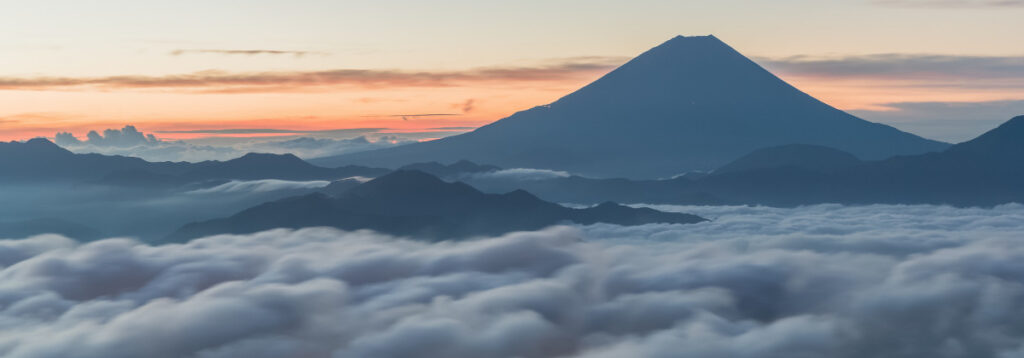
Climbing Mount Fuji when the upper parts are frozen and winds are strong is extremely dangerous and should not be attempted unless you are an expert in snow mountain climbing. The snow melt on Mount Fuji is late, and even in June, there can be a risk of slipping near the summit. Tourist climbs should be done in July and August.
What and Where is the Crater Rim Walk (Ohachimeguri)?
Generally, reaching the summit via any trail is considered a successful climb, but you can also walk around the entire crater rim at the summit, known as Ohachimeguri. This route includes stops like the Mount Fuji Summit Asama Shrine Okumiya, the Mount Fuji Summit Post Office, and Ken-ga-mine (the highest point at 3,776 meters).
Are There Toilets on Mount Fuji?
On the Yoshida trail, which has the most mountain huts, toilets are available in the huts and, during the summer climbing season, several portable toilets are also set up. However, no toilets are available above the 8th station from July 1st to 9th. The next available ones might be 4-5 hours away. Other trails during the summer climbing season also have toilets at
What is it like to stay in a mountain hut? Futons or sleeping bags? Private or shared rooms? What kind of place is it?

At Mount Fuji, you will stay in mountain huts. Most huts have large shared rooms, where sleeping in a communal style is common. Depending on the hut, you’ll sleep on futons or in sleeping bags. You don’t need to bring a sleeping bag as the huts provide them. In the case of futons, during peak seasons, multiple people may share one futon, and it’s usually mixed-gender communal sleeping. Recently, some huts have been providing divided spaces or rooms without locks. Changing areas vary from hut to hut.
What kind of meals are served at the mountain huts?What about dinner? What’s in the breakfast box?
The meals vary depending on the hut, but most serve curry for dinner. Some offer different menus like hamburgers. Breakfast is usually a box meal, distributed when you arrive or at dinner. Onigiri or red rice is common. Some huts can accommodate allergies or halal needs, while others cannot.
Can we get hot water or water at the mountain hut?
If I want water during my stay, can I ask for it?
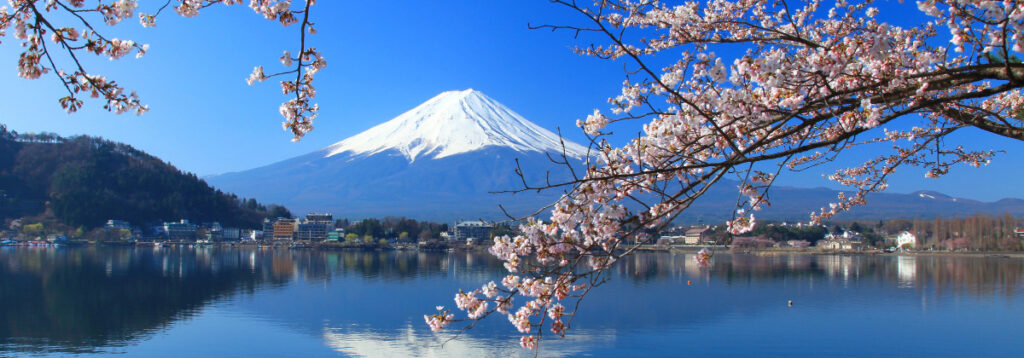
You’ll get a minimum amount of water or tea at dinner, but anything more usually comes with a charge, depending on the hut. Hot water is not always available for free, even at a charge in some huts. However, you can get hot water for noodles purchased at the hut’s shop. If you bring your own cup noodles, most huts do not provide hot water, even for a fee. Please buy water at the shop if needed.
What is sold at the mountain hut shops?
Most huts have shops selling various items. Drinks like tea, coffee, and canned beer are available, and the food selection varies by hut. Even at the summit, items like cup noodles and canned beer are sold. However, prices are generally higher on Mount Fuji, increasing with altitude.
Can I use a credit card for payments at the hut shop or if I have to retire early?
Most facilities at the fifth station accept credit cards. Some huts on the climbing route also accept cards, but due to weather, season, and communication issues, card terminals may not always be available. Therefore, it’s safer to assume that all payments should be made in cash.
What can I do at the Fuji Mountain Top Post Office?
The business hours of the mountain top post office are scheduled from mid-July to mid-August, from 6:00 AM to 2:00 PM. The only service provided is postal services, and you can send postcards from here.
Is it better to book mountain huts in advance?
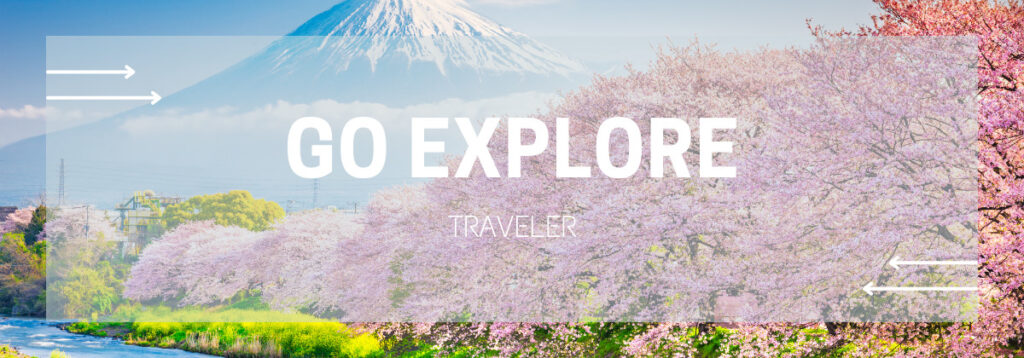
As a rule, reservations are required. However, if you didn’t plan to stay overnight but suddenly want to rest, some huts accept short naps of about 2-3 hours at any time. If you go without a reservation and can’t stay overnight, you’ll have no choice but to descend the mountain. It’s best to book early, as reservations fill up quickly during the opening season.
Can I buy food at the mountain huts if I walk at night?
Some huts operate late into the night, while others close around 9:00 PM until the early morning, around 1:00 AM, when groups depart for the sunrise at the summit. Availability varies, and not all information is publicly available. It’s a good idea to carry your own food for the night to avoid situations where you find the shop closed. If you have specific wishes like wanting to eat warm udon on the mountain, plan for it during the day.
I suddenly want to take a nap.
Although not listed on the hut websites, several huts accept last-minute requests for naps. When I inquired at the Goraikokan on the Yoshida Route at the eighth station, they said you can nap for 2-3 hours between 4:00 AM and 8:00 AM, after the overnight guests have departed for the sunrise, for 3,000 yen per person. If you came for a night climb but find you can’t overcome your sleepiness, it’s better to take a nap.
Absolutely avoid trying to nap on the path in a wet shirt while exposed to the wind when you are sleepy, tired, and hungry. This is not just about catching a cold; in the mountains, there is a danger known as “exhaustion hypothermia,” which can lead to death due to low body temperature. Many of the fatalities in the summer mountains are due to exhaustion hypothermia.
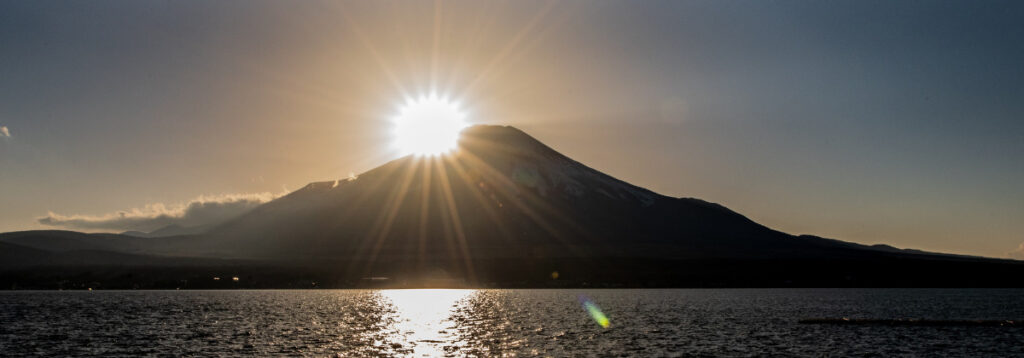
In conclusion, our Mount Fuji climbing guide has addressed essential concerns ranging from altitude sickness to staying in mountain huts, meal arrangements, and the practicalities of water and payments. Whether you’re climbing during special events like New Year’s or Golden Week, with children, or planning a night ascent, this guide aims to equip you with crucial insights for a safe and memorable journey. Remember, proper preparation is key to enjoying and conquering this iconic peak. Safe travels and happy climbing!
